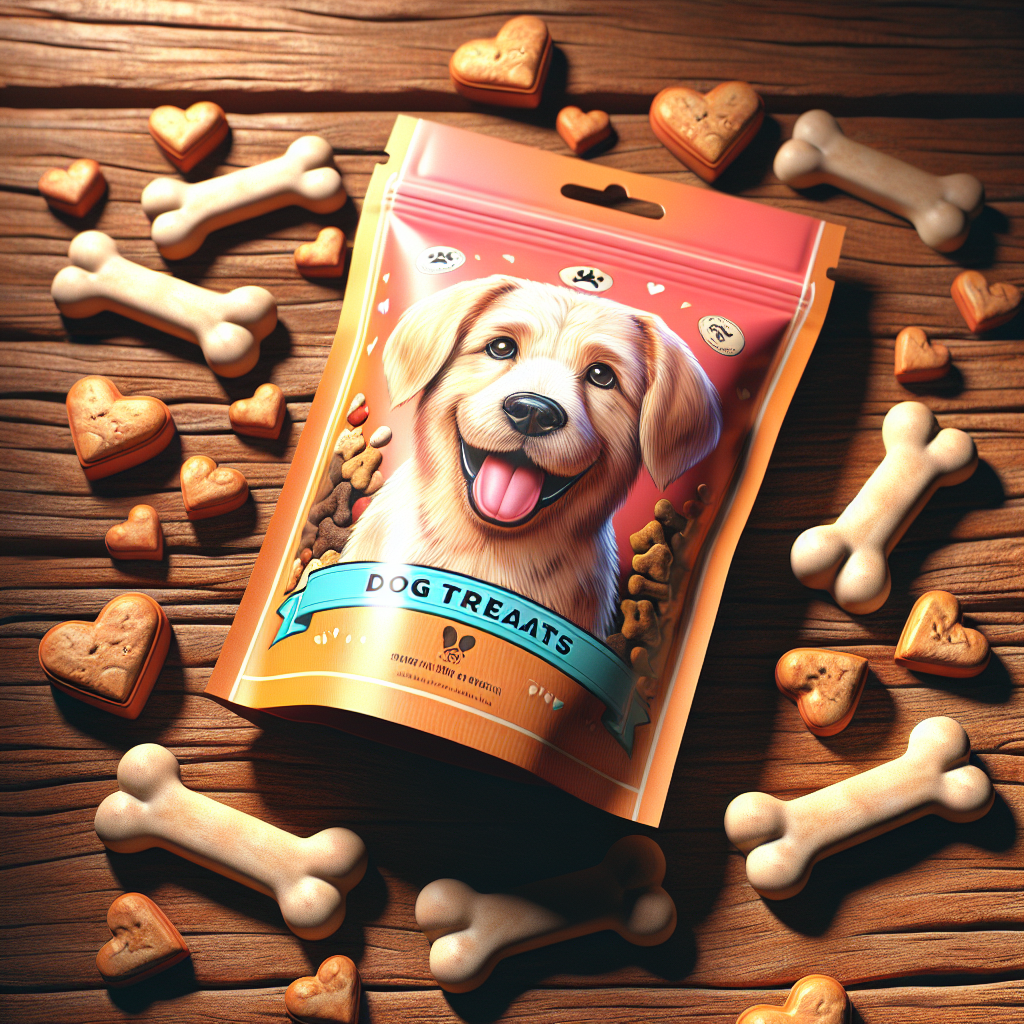Are Dog Treats Past Their Best By Date Still Safe?
When it comes to dog treats, understanding the best by date is crucial for maintaining your pet's health. This date is not an expiration date; rather, it indicates the period during which the product is expected to retain its optimal quality and flavor. Many pet owners worry about the safety of dog treats past their best by date, but it's essential to recognize that these dates are primarily about quality rather than safety.
Here are a few key points to consider:
- Quality vs. Safety: Treats past their best by date may still be safe to consume, but they might lose their texture, taste, or nutritional value over time.
- Storage Conditions: How treats are stored can significantly affect their longevity. Keeping them in a cool, dry place can help extend their shelf life.
- Ingredient Composition: Natural ingredients tend to have a shorter shelf life compared to preservatives, so always check the ingredient list.
Before offering your dog treats that are past their best by date, inspect them for any signs of spoilage, such as off smells or changes in color and texture. If they seem fine, they are likely safe for your furry friend.
Treat your furry friend to the joy they deserve with our range of delicious and nutritious dog treats.
Safety Concerns with Expired Dog Treats

While it’s common to find dog treats that have surpassed their best by date, understanding the potential safety concerns is crucial for responsible pet ownership. Although many treats may still be safe to give, there are specific risks associated with expired dog treats that every pet owner should be aware of.
Here are some key safety concerns to consider:
- Risk of Spoilage: Treats that are well past their best by date may undergo spoilage, leading to mold growth or rancidity. Consuming spoiled treats can upset your dog's stomach or even cause more severe health issues.
- Loss of Nutritional Value: Over time, the vitamins and minerals in dog treats can degrade, meaning your pet may not receive the intended health benefits if they consume expired products.
- Change in Texture and Flavor: As treats age, they may become stale or hard, making them less appealing to your dog. This can result in a decreased appetite and reluctance to eat.
It’s essential to regularly check your dog’s treat supply, ensuring that you discard any items that show signs of spoilage or are significantly past their best by date. Always prioritize your pet's health by providing them with fresh, high-quality treats that are safe and nutritious.
Signs of Spoilage in Dog Treats
Identifying signs of spoilage in dog treats is vital for ensuring your furry friend's health and safety. Even if a treat is within its best by date, it can still spoil due to improper storage or environmental factors. Here are some key indicators that dog treats may have gone bad:
- Unpleasant Odor: A strong, rancid, or off-putting smell is a significant sign that the treats are spoiled. Fresh treats should have a pleasant, appetizing aroma.
- Visible Mold: Any signs of mold or unusual discoloration on the treats indicate they should be discarded immediately. Mold can be harmful to your pet and may lead to gastrointestinal issues.
- Changes in Texture: If treats become excessively hard, dry, or show signs of moisture, they may have spoiled. Fresh treats should maintain a consistent texture suitable for your dog to enjoy.
- Insect Infestation: The presence of insects, larvae, or webbing in the packaging is a clear sign that treats should not be consumed. This not only affects the treats' safety but also indicates poor storage conditions.
By keeping an eye out for these signs, you can help prevent any adverse health effects on your pet. Regularly inspect your dog’s treats and always opt for fresh, high-quality options to ensure their well-being.
What to Do with Expired Dog Treats

When you discover that your dog treats are expired, it’s essential to handle the situation properly to ensure your pet's health is not compromised. Here’s what you should do:
- Assess the Treats: Before discarding, examine the treats closely for any signs of spoilage, such as odor, mold, or unusual texture. If they appear safe but are past the best by date, you might consider whether to use them or not.
- Dispose Properly: If the treats are indeed expired or show any signs of spoilage, it's best to dispose of them immediately. Seal them in a bag to prevent any contamination and place them in the trash to avoid attracting pests.
- Consider Composting: If the ingredients are natural and the treats do not contain harmful additives, you may consider composting them. This option is environmentally friendly and helps reduce waste.
- Learn for the Future: Take this opportunity to review your storage practices. Ensure treats are stored in a cool, dry place and in airtight containers to prolong their freshness and prevent spoilage.
By following these steps, you can ensure that your dog remains safe and healthy while minimizing waste. Always prioritize high-quality, fresh treats for your furry companion to keep them happy and healthy.
Choosing Quality Dog Treats for Your Pet

Selecting the right dog treats is crucial for your pet's overall health and well-being. Not all treats are created equal; therefore, knowing how to choose quality dog treats is essential. Here are some key factors to consider:
- Ingredient Quality: Look for treats made with high-quality, natural ingredients. Avoid products that list fillers, artificial preservatives, or by-products as primary ingredients. Instead, opt for treats that feature whole meats, vegetables, and grains.
- Nutrition: Ensure that the treats provide nutritional benefits. Some treats are fortified with vitamins and minerals that can contribute to your dog's health. Check the nutritional information to confirm that they align with your dog’s dietary needs.
- Origin and Manufacturing: Treats made in the USA or other countries with strict food safety regulations are generally safer. Research brands that are transparent about their sourcing and manufacturing processes.
- Size and Texture: Choose treats that are appropriate for your dog’s size and chewing habits. Smaller dogs may require softer treats, while larger breeds might enjoy crunchier options that also help with dental health.
- Reputation: Read reviews and seek recommendations from other pet owners or veterinarians. Trusted brands often have positive feedback and a good reputation in the pet community.
By taking the time to evaluate these factors, you can choose dog treats that are not only enjoyable for your pet but also contribute positively to their health.
Conclusion on Dog Treats Past Best By Date

In conclusion, while dog treats past their best by date may still be safe, it’s essential to assess their quality before offering them to your furry friend. Factors such as storage conditions, appearance, and smell play significant roles in determining whether these treats are suitable for consumption. Trust your instincts and prioritize your dog's health by ensuring that you provide them with treats that are not only safe but also nutritious.
Regularly check your dog’s treats and discard any that appear stale or questionable. By choosing high-quality products and being mindful of their shelf life, you can help maintain your pet's vitality and happiness.
Treat your furry friend to the joy they deserve with our range of delicious and nutritious dog treats. Explore our selection today!






